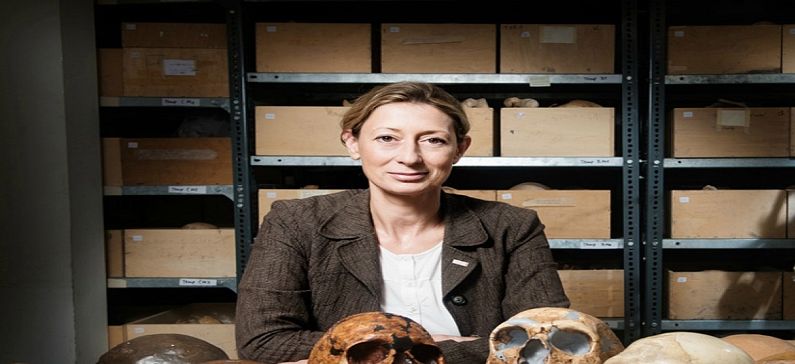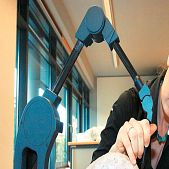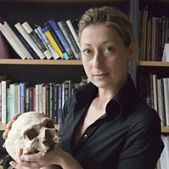
How ancient languages are linked to anthropological features
University of Tübingen researchers have found evidence that common descent of human populations is reflected both in their cranial features and their linguistic affiliations over vast geographic distances. The formation of different languages and language groupings appears to have happened in the same broad period and geographical locations as the development of facial features in various human populations according to a new research, led by a Greek scientist.
A team of antropologists and linguists from the University of Tübingen in Germany, led by the distinguished Greek paleoanthropology professor Dr. Katerina Harvati-Papatheodorou published the research in “Scientific Reports”.
Languages and genes arguably follow parallel evolutionary trajectories, descending from a common source and subsequently differentiating. Although common ancestry is established within language families, it remains controversial whether language preserves a deep historical signal. To address this question, the team evaluated the association between linguistic and geographic distances across 265 language families, as well as between linguistic, geographic, and cranial distances among eleven populations from Africa, Asia, and Australia.
They took advantage of differential population history signals reflected by human cranial anatomy, where temporal bone shape reliably tracks deep population history and neutral genetic changes, while facial shape is more strongly associated with recent environmental effects.
It was shown that linguistic distances are strongly geographically patterned, even within widely dispersed groups. However, they are correlated predominantly with facial, rather than temporal bone, morphology, suggesting that variation in vocabulary likely tracks relatively recent events and possibly population contact.
Prof. Harvati is a paleoanthropologist specializing in Neanderthal evolution, modern human origins and the application of 3-D geometric morphometric and virtual anthropology methods to paleoanthropology.
Her broader research interests include primate and human evolution; evolutionary theory; evolution of primate and human life-history; the relationship of morphological variability to population history and the environment; and Paleolithic archaeology. She has conducted fieldwork in Europe and Africa, and recently directed paleoanthropological fieldwork in Greece and Tanzania.










